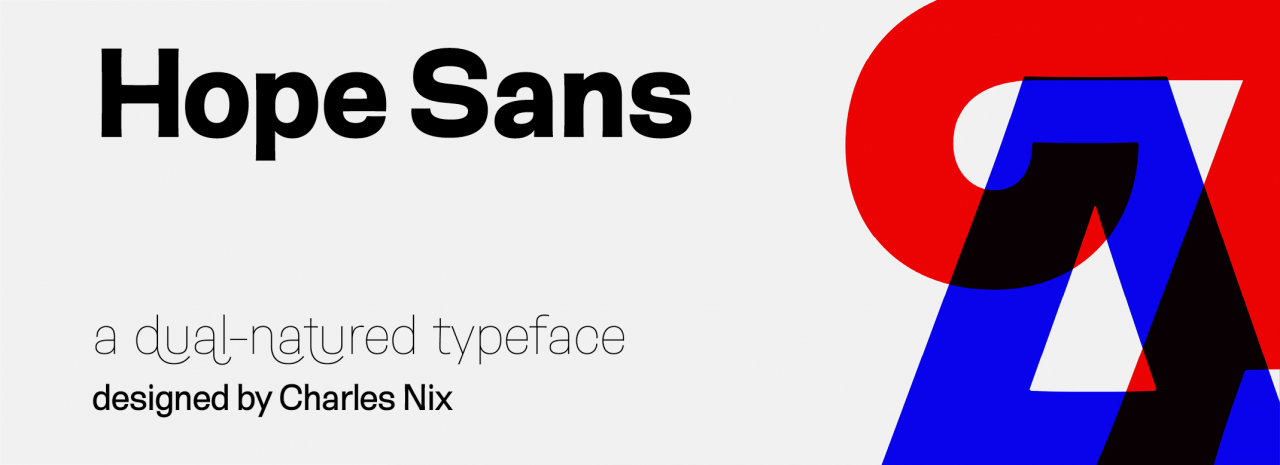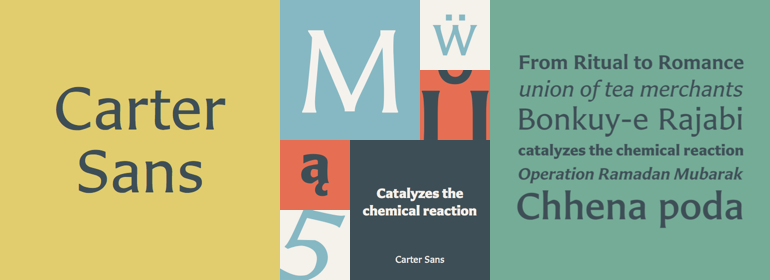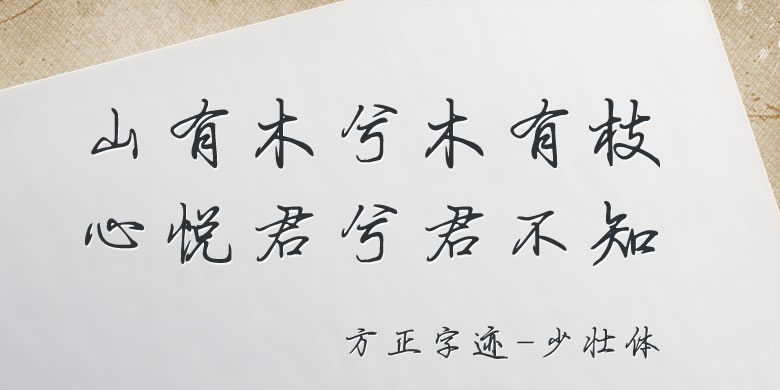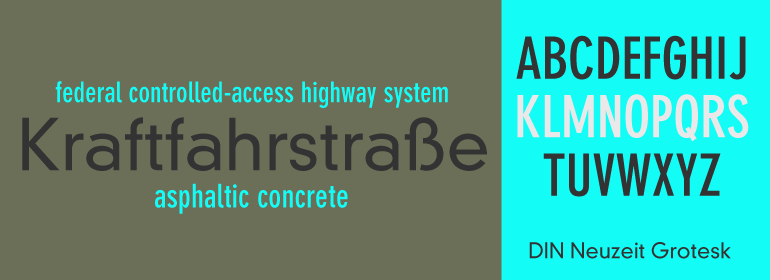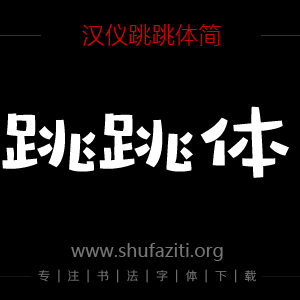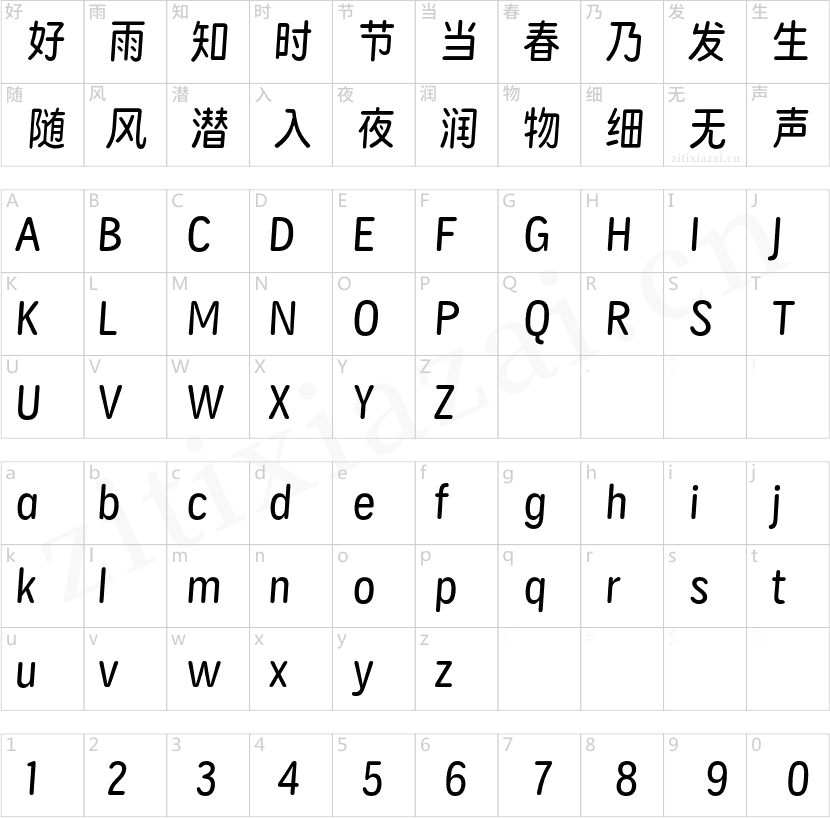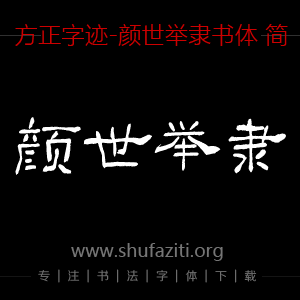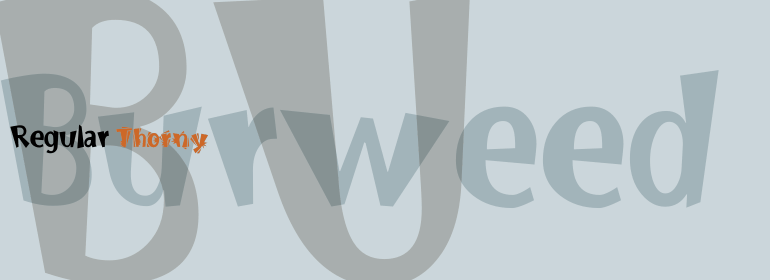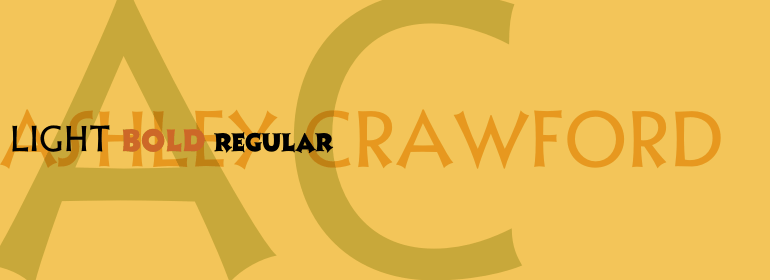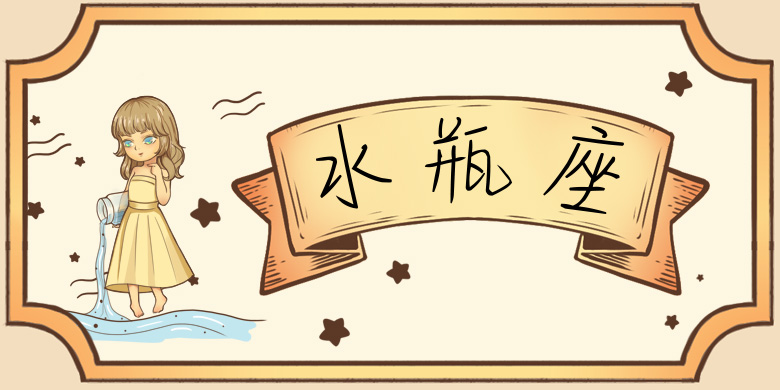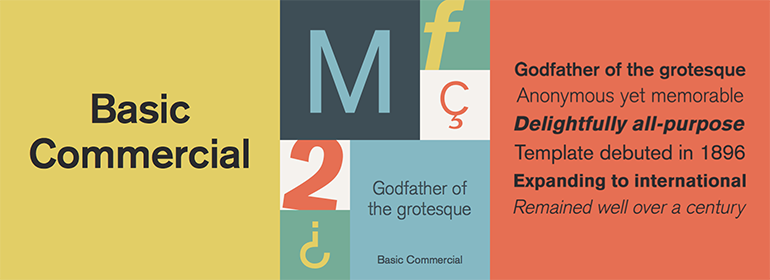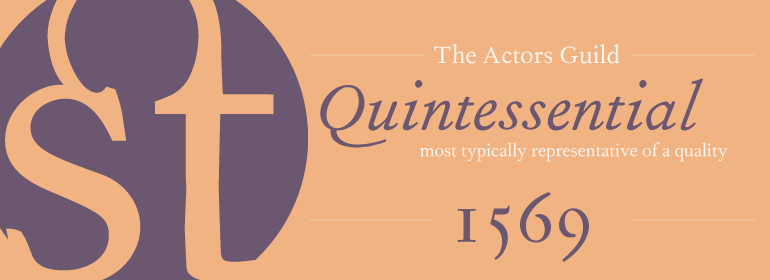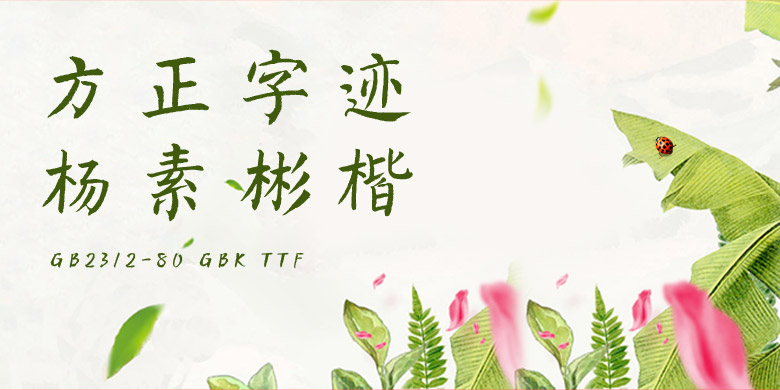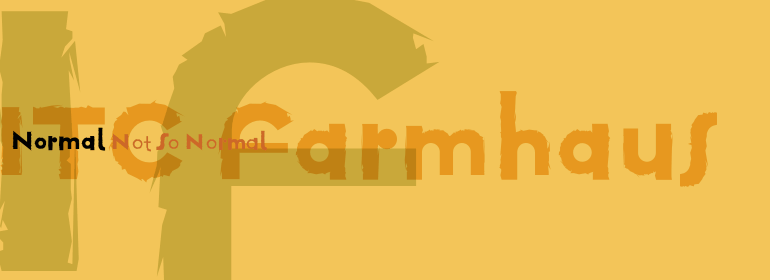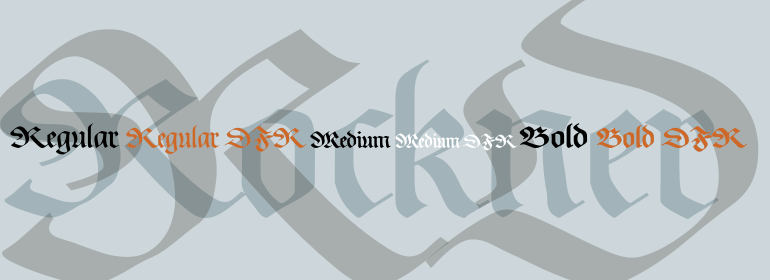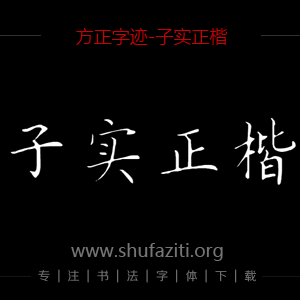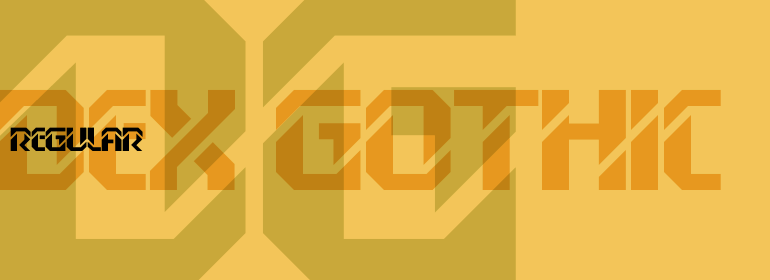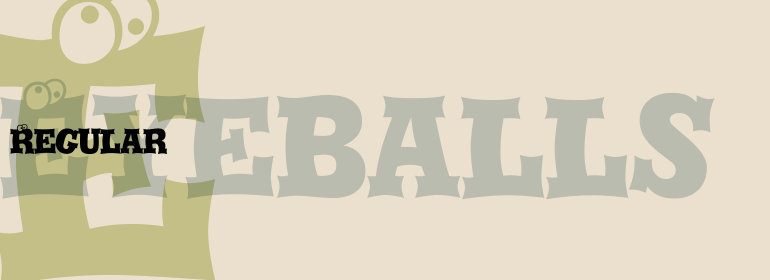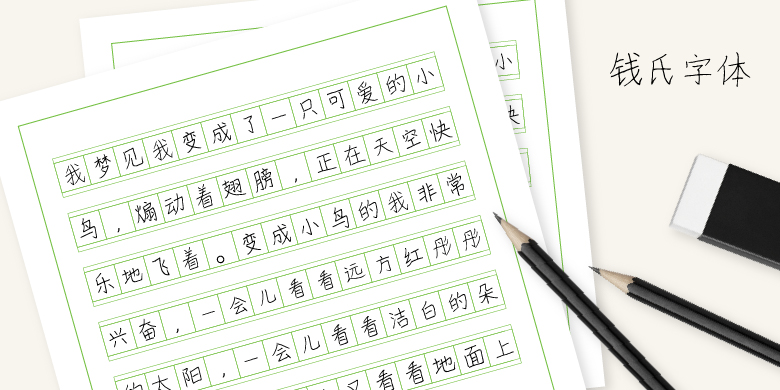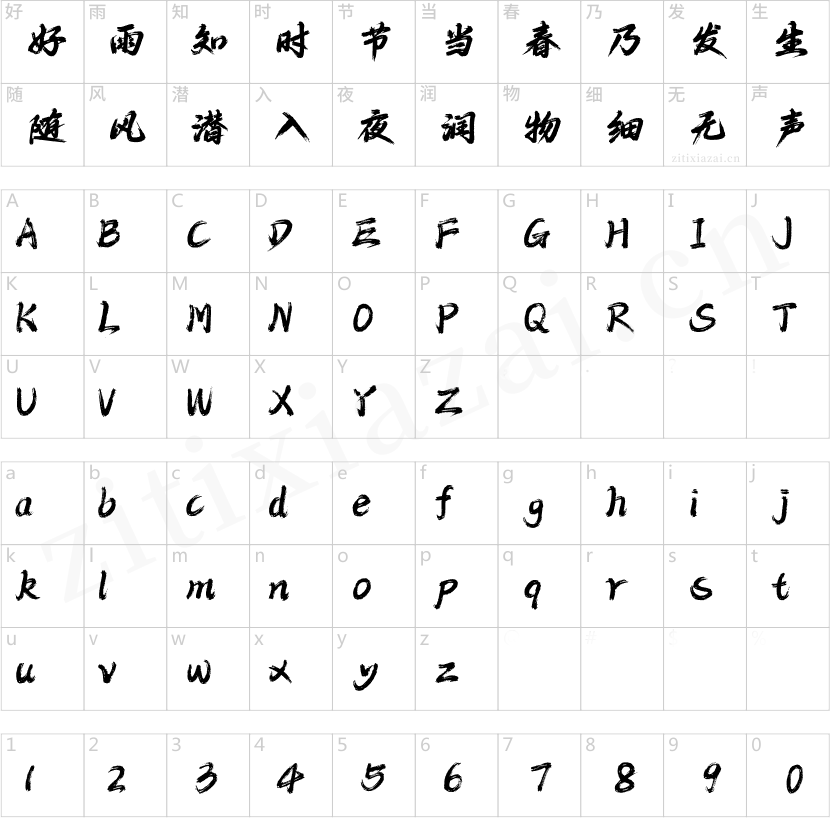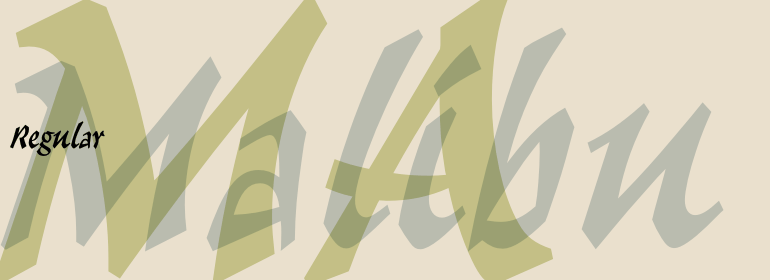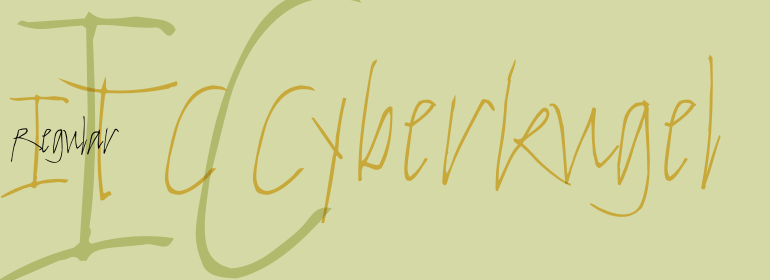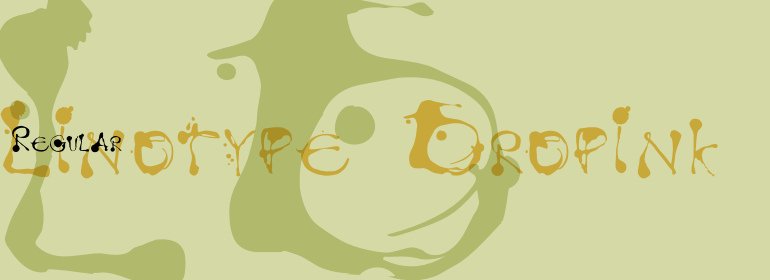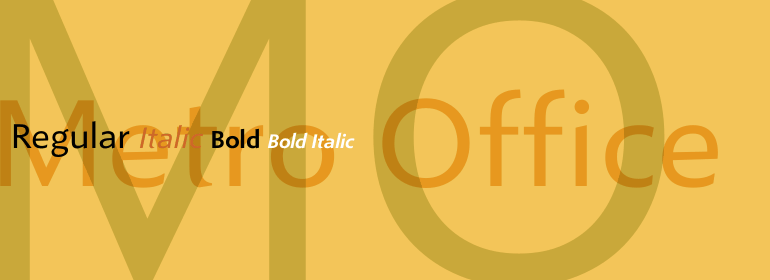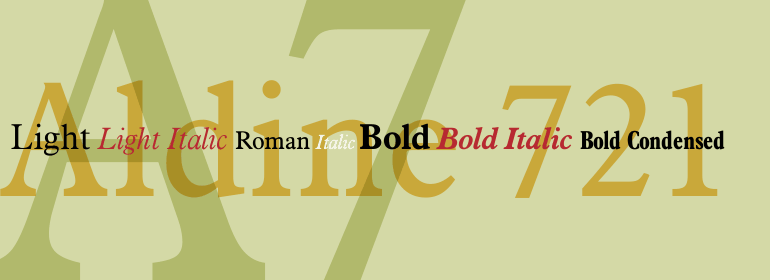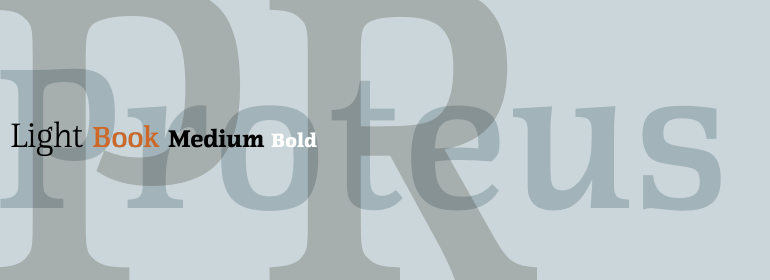Jenson Classico™
方正字体说明
Jenson Classico™.TTF
字体英文名称:JensonClassico-Regular.TTF
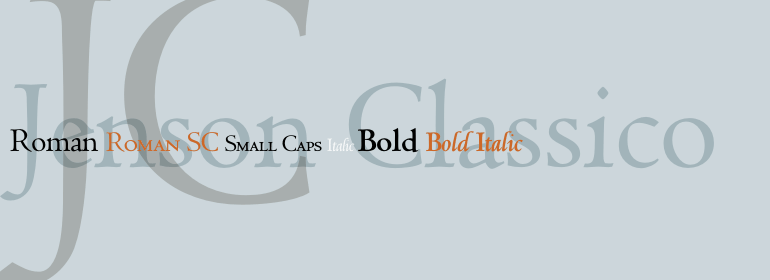
Jenson Classico™
品牌:Linotype(Monotype)
设计师:
Luin,Franko
发行时间:2018
字库编码:
Unicode
分类:
字体属性:
字体介绍
1458年,查理七世派遣法国人Nicolas Jenson到美因茨学习活字印刷术,Gutenberg就在美因茨工作。Jenson本应该带着他新学的技能回到法国,但他去了意大利,就像当时其他巡回印刷工人一样。从1468年起,他来到了威尼斯,在那里他成为了一名打孔工、印刷工和出版人。他可能是第一个使用活字印刷的非德国人,他印刷了大约150个版本。从1470年到1480年他去世的这几个世纪里,他的书一直是字体设计师的灵感来源。他的罗马字体通常被称为第一个真正的罗马字体。”值得注意的是,几乎所有的Jensonian Romans都使用小写的e,也就是众所周知的“Venetian Oldstyle e”。<br><br>
20世纪90年代,Robert Slimbach设计了他的当代版Adobe Jenson™。它在1996年由Adobe首次发布,并在2000年重新发布,作为一个全功能的OpenType字体,具有扩展的语言支持和许多排版改进功能。一个了不起的杰作,Adobe Jenson提供了一个完整的文本和显示组合的灵活性; 它具有特殊设计的光学尺寸的巨大字符集,可用于字幕、文本、副标题和显示。字重范围包括light、regular、semibold和bold。Jenson没有设计一个斜体字来搭配他的罗马字体,所以Slimbach使用了Ludovico degli Arrighi在1524-27年裁剪的斜体字作为他的模型。将该家族用于书籍和杂志的排版,或设计时,会有一种优雅和尊严的感觉。<br><br>
In 1458, Charles VII sent the Frenchman Nicolas Jenson to learn the craft of movable type in Mainz, the city where Gutenberg was working. Jenson was supposed to return to France with his newly learned skills, but instead he traveled to Italy, as did other itinerant printers of the time. From 1468 on, he was in Venice, where he flourished as a punchcutter, printer and publisher. He was probably the first non-German printer of movable type, and he produced about 150 editions. Though his punches have vanished, his books have not, and those produced from about 1470 until his death in 1480 have served as a source of inspiration for type designers over centuries. His Roman type is often called the first true Roman." Notable in almost all Jensonian Romans is the angled crossbar on the lowercase e, which is known as the "Venetian Oldstyle e."
<br><br>
In the 1990s, Robert Slimbach designed his contemporary interpretation, Adobe Jenson™. It was first released by Adobe in 1996, and re-released in 2000 as a full-featured OpenType font with extended language support and many typographic refinements. A remarkable tour de force, Adobe Jenson provides flexibility for a complete range of text and display composition; it has huge character sets in specially designed optical sizes for captions, text, subheads, and display. The weight range includes light, regular, semibold, and bold. Jenson did not design an italic type to accompany his roman, so Slimbach used the italic types cut by Ludovico degli Arrighi in 1524-27 as his models for the italics in Adobe Jenson. Use this family for book and magazine composition, or for display work when the design calls for a sense of graciousness and dignity.
书法字体下载地址
特别提示
1、本站所有资源仅供学习与参考,请勿用于商业用途,否则产生的一切后果由您自己承担!
2、如有侵犯您的版权,请及时联系,请来信978767986#qq.com(请将#换成@发送邮件),我们将尽快处理。

